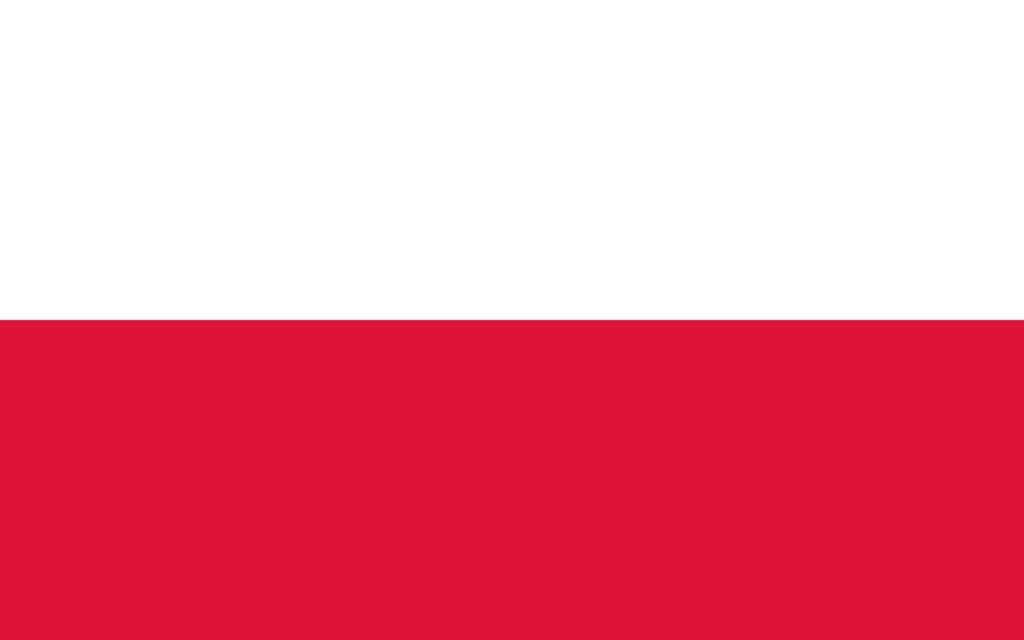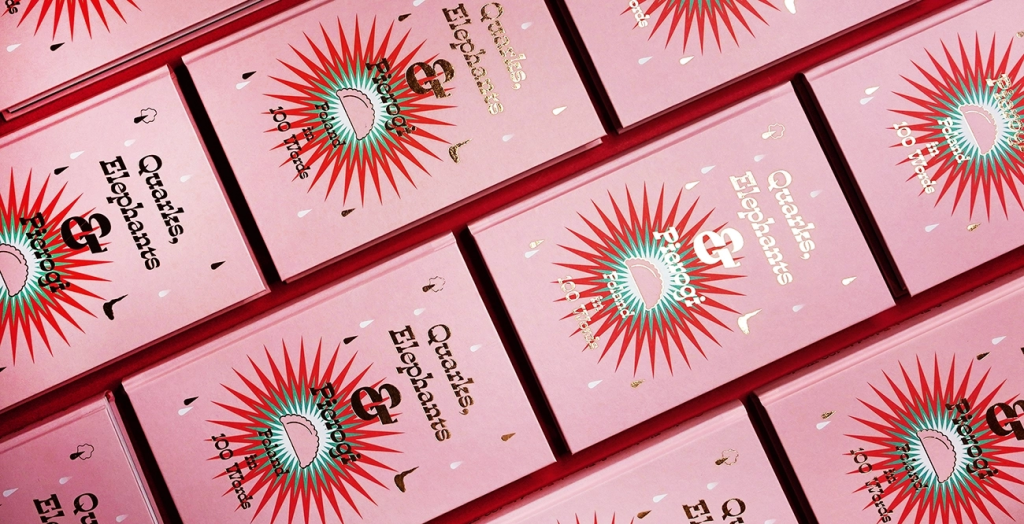QUARKS, ELEPHANTS & PIEROGI – POLISH PANOPTIKUM BY MAGDA BURDZYŃSKA
To portrait Polish culture in just one hundred words seems to be a backbreaking (and no doubts tongue breaking and twisting as well) endeavour. However, Magda Burdzyńska, a 2002 graduate from painting at the Jan Matejko Academy of Fine Arts in Krakow, made the impossible possible – she managed to illustrate all these words. It really was quite a challenge, especially in the case of the word ‘żółć’ [‘bile’, quality of ‘yellowness’, and metaphorically ‘gall’] in the colour gamut restricted by the artist herself to red, pink, green, black and white. Fair enough, we are able to picture a stork, a forest or a cinema immediately in our imagination, which does not mean that the illustrator’s visual associations followed the same route. Burdzyńska depicts forest as a single tree with liana-alike entwined vines and bizarre gnarls, whereas a cinema is represented by a man with a movie camera, and not at all by a screen in a dark hall. These hundred ‘images’ often resulted from the entry contents, which were written with a huge sense of humour and a grand expertise by Mikołaj Gliński, Matthew Davies and Adam Żuławski, for an amazing dictionary published in 2018 by Culture.pl, a digital brand of the Adam Mickiewicz Institute. The book in English (as it is addressed at people worldwide) is intriguingly entitled: Quarks, Elephants and Pierogi. Poland in 100 Words, and it strives to capture the essence of Polish culture and identity by ‘squeezing’ characteristic Polish words – their pronunciation (‘gżegżółka’-‘cuckoo’), register (‘malusieńko’-‘a tiny bit’ but actually the word exemplifies the tendency to minimise everything in Polish), sweet associations (‘miód’-‘honey’), serious connotations (‘polon’-‘polonium’) or historic context (‘powstanie’-‘uprising, insurrection’). Not an easy set of words but the artist coped successfully with ‘and’ [Pol. ‘i’], ‘time’ [Pol. ‘czas’], or even ‘hallo’ [Pol. ‘cześć’].
The book cover is glamour – golden letters and a well-formed little pieróg in a triple gloriole are placed against powder pink background – Pierre et Gilles would be more than delighted! At the book beginning and close to its end, there have been placed capital double-spreads resembling endpapers, with a pattern created of a graphic motif reminding pronunciation handbooks (whose figures always evoked my associations with anatomical drawings). There is also an allonge with a red river of a tongue meandering in a fantastic landscape with black silhouettes of letters, birds alike, hovering over it. The publication is completed with a poster with a depiction of a word ‘miłość’ [‘love’].
All one page illustrations accompanying the entries are in a rigorous subordination to a tondo composition. The artist fills the circles with genre scenes (wonderful ladies at ‘herbata’-‘tea’ entry, or a man taking a selfie with a sculpted bust of Adam Mickiewicz – entry ‘pan’-‘Mr’), single magnified motifs (‘filiżanka’-‘cup’, ‘ziemniak’-‘potato’), humorous (like in the case of ‘miś’-‘bear hero’) and elegant portraits (‘posłanka’- female member of Polish Parliament, ‘żubr’-‘bison’), surrealist landscapes (‘granica’-‘border’), to end up with abstraction (‘apsik’-‘atishoo’, ‘piwo’-‘beer’). Burdzyńska’s skills and talent made her able to juggle easily and courageously with styles. The designer refers both to tradition and contemporary art. She often makes use of ‘new look’ style common in applied arts in the 1950s and 1960s, she also serves psychedelia, only to grab for Constructivism a few pages further, she can be inspired by primitive and folk art but also by Matisse’s paper-cuts, fashion illustration and street art, cartoons and organic abstraction. The artist’s compositions differ from one another by grades of graphic rigour and intensity she applies. These differences meet perfectly with the variety of customs, traditions; Polish yesterday and today; national characters and types. A feast for our eyes – a delicious one not only for the reason of the title treats. Bon appétit from
Anita Wincencjusz-Patyna


